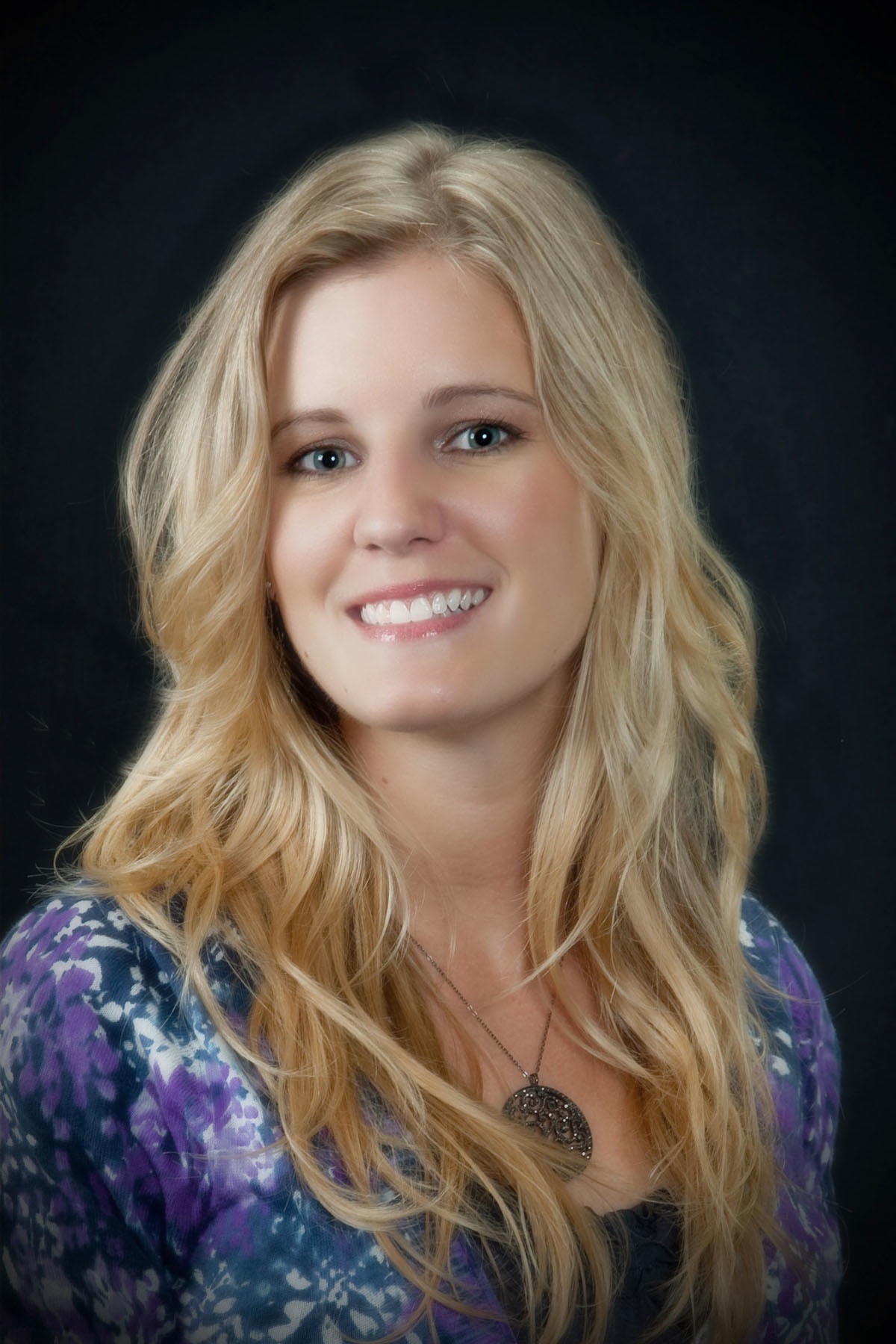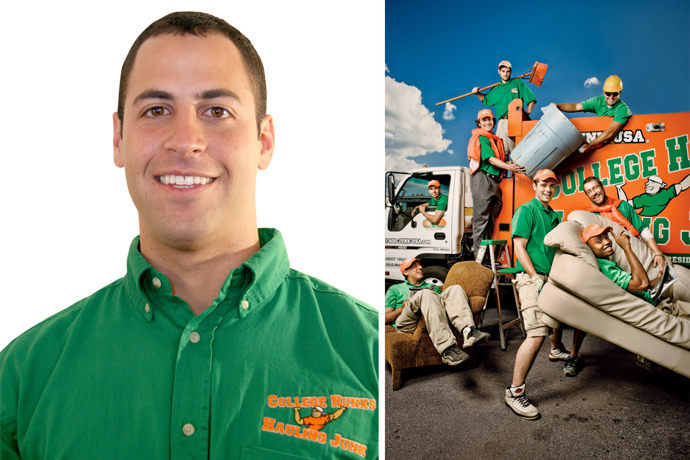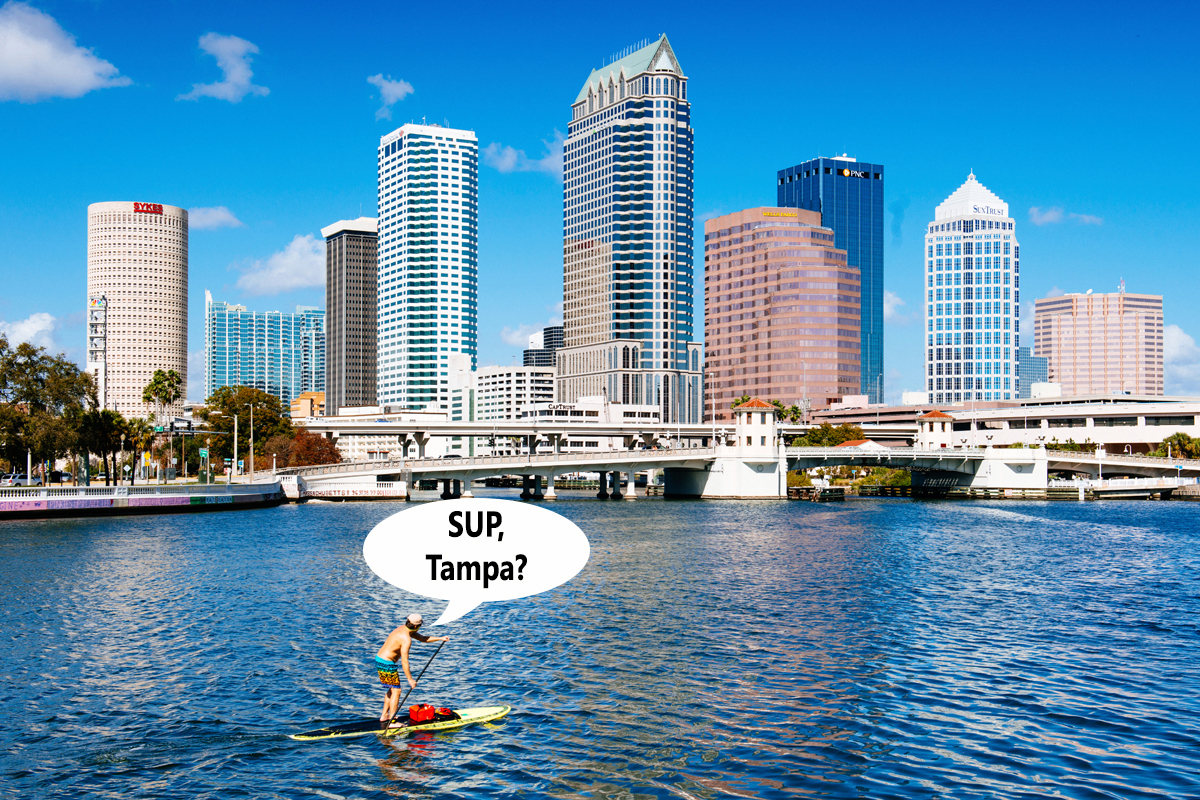My parents moved our family from Cincinnati, Ohio, to Clearwater, Florida, in 1972 when I was an eight-year-old boy who worshiped Pete Rose, Johnny Bench, Joe Morgan, Tony Perez and Dave Concepcion of the Cincinnati Reds’ “Big Red Machine.”
Five years later, I was one of 60,000 screaming fans cheering on the Tampa Bay Buccaneers to their first home win ever, 17-7 over the then-St. Louis Cardinals in the old Tampa Stadium. My older brother Randy and I watched in exhilaration as rowdy fans stormed the field and tore down the goalposts at the Old Sombrero.
That’s how allegiances are formed.
When I finished graduate school at the University of South Florida in Tampa in 1996, I had no idea that those allegiances would one day come full circle.
It happened on September 14, 2016, when I arrived in Tampa for a three-day media tour. As a writer for Site Selection magazine in Atlanta, I frequently visit communities in transition. Often, they’re places that have recently come under new economic development leadership or are pursuing an aggressive new marketing strategy, or both.
Such was the case in Tampa, which invited me to return home after two decades. Not knowing what I would find, I accepted the offer with an open mind and a willingness to learn.
I was not disappointed. While you can’t see everything in a city of 353,000 people in just 72 hours, I came close. From touring the headquarters of the Buccaneers and dining at Bern’s to visiting Channelside and driving down Bayshore Boulevard, I found a lot to like.

But it wasn’t just the warm water of Tampa Bay or the perfectly aged steak at Bern’s that made an impression. It was the pulse of the business community.
Expecting to find a sleepy retirement community tucked into a mecca of tourism on the West Coast of Central Florida, instead I discovered an oasis of surging capitalism and entrepreneurs, many of them much younger than me. No wonder the city jumped from No. 86 in 2014 to No. 58 in 2015 and now No. 33 among 200 large US metros in Milken Institute’s new 2016 Best-Performing Cities Index, released in December.
I don’t claim to be an expert on Tampa, but I do notice conditions that make a tangible difference in site selection. Based upon my many interviews with business and community leaders in Tampa in mid-September, here are 10 things I learned:
- The City of Tampa is run by a mayor who keeps his eye firmly on the prize every day. Bob Buckhorn is so focused on improving the city he leads that he keeps within plain sight from his desk a countdown clock that reminds him of exactly how many days in office he has left. The day I met with the mayor, the clock said he had 980 days remaining. “I didn’t run for mayor to fix potholes. I ran for mayor to fix this city,” he told me. The results speak for themselves:
- Twelve credit rating increases have occurred in the last five years.
- Police and fire pension funds are now funded at 92-percent-plus.
- Investment into Channelside and other downtown districts has never been higher.
- The Tampa Bay Rays have a potential move from St. Petersburg to Tampa squarely in their sights, even as the Tampa Bay Rowdies, who play in neighboring St. Petersburg, have jumped to the Tampa-headquartered United Soccer League for the upcoming 2017 season.
- Those who comprise the bumper crop of young, highly educated talent in Tampa are not just looking for a job; they’re carving out a leadership niche of their own. Erin Meagher, founder and CEO of Beneficial Blends, is one of the many millennial CEOs I met who chose to launch and build her business in Tampa. On September 23, she was named the Tampa Bay Business Journal’s Woman of the Year in Manufacturing.
Today, her organic and fair trade coconut oil brand occupies 50,000 sq. ft. of industrial space in Tampa and employs 30 workers. Like her fellow millennial CEOs in the area, she loves Tampa. “Tampa is a little big town. People will talk to you here,” she said. “Everyone is very willing to help.”
- Medical science talent in the area is off the charts. Thanks largely to the presence of the University of South Florida College of Medicine and the H. Lee Moffitt Center and Research Institute, Tampa has gained recognition for its ability to churn out some of the best medical science talent in the world.
Lee Evans, executive director and head of the North America Capability Center & Global Capability Center Operations for Bristol-Myers Squibb in Tampa, said that “people who understand medical terminology are in great supply here. We support academic research. In our line of work, we need multi-disciplinary people.”
Evans and his team considered 48 potential metro areas in the Central and Eastern Time Zones of the US before selecting Tampa for 575 high-end jobs. “We have no problem finding the talent we need here,” he said. “Our recruiting agency works with USF and the University of Tampa. We don’t have a lot of turnover. For us, the single biggest factor that led us to Tampa is the incredible labor pool.”
In October, Johnson & Johnson cut the ribbon on a North American Global Services Center that will employ 500 by 2020. The project was first announced in August 2015, with the area’s “millennial magnetism” among the cited factors.
- Regionalism is working. I’ve visited lots of places where economic development leaders pay lip service to regional collaboration. In the Tampa-St. Petersburg-Clearwater area, they live by it. The Tampa Hillsborough Economic Development Corp. works closely with the Tampa Bay Partnership to bridge gaps across the bay and make sure that companies find the workers, financial assistance and other resources they need to thrive.
- Tampa is one of the leaders of a resurgent Florida economy. Tampa ranks second only to Miami in overall economic performance in the state, according to the POLICOM ranking compiled by noted Florida economist Dr. William Fruth. According to Site Selection, Tampa ranks 22nd among all MSAs in the US in combined performance of capital investment and jobs created. That’s the best ranking in Florida. The metro area had welcomed 33,000 new jobs from October 2015 to October 2016, and at that time showed 47,000 job openings — the most of any Florida metro area.
- It is easy to do business in Tampa. Omar Soliman, CEO and co-founder of the highly successful College Hunks Hauling Junk and College Hunks Moving, told me that he and his partner decided to relocate their business from the nation’s capital to Tampa in 2008 because “D.C. is not the easiest place to do business. The talent there is not geared to the entrepreneurial atmosphere. When we came to Tampa, we found that it was a very easy city to get around, and it was probably the best decision we ever made.” Another millennial CEO, Soliman now presides over a rapidly growing business empire that includes a 50,000-sq.-ft. corporate headquarters in Tampa and more than 1,000 employees nationwide.
- Tampa is under-valued. Good deals on land, buildings, houses, apartments and other ventures are seemingly everywhere in this market, but it won’t stay this way for long. Florida TaxWatch just issued a report showing that 2017 should bring sustained growth to the Sunshine State as people continue to find jobs and payrolls increase. Much of that largesse will flow to Tampa, and that means real estate values will rise.
- Tampa has one of the best entrepreneurial and small business climates in the nation. According to the recently released 2016 Kauffman Index of Main Street Entrepreneurship, an increasing number of small businesses in Tampa have been able to remain in operation for five years or longer, and there’s a bigger percentage of millennial business owners than in most other markets around the country.
- Leaders in Tampa are honest and upfront about the community’s challenges; more importantly, they are addressing them head-on. Whether it’s traffic congestion, economic inequality or blighted neighborhoods, Mayor Buckhorn said he won’t rest until Tampa improves its standing in every critical benchmark concerning mobility and socioeconomic progress.
- Headquarters of major firms continue to relocate to Tampa. North American Roofing Services Inc. moved its headquarters from Asheville, North Carolina, to Tampa, while Velocity Resource Group, a global talent acquisition services provider, relocated its headquarters from Illinois. North American Roofing brought 180 jobs to Tampa, while Velocity brought 50 jobs. The folks at the Tampa Hillsborough EDC tell me that they are actively working on plenty of other such projects.
“I can’t fix everything wrong with this city in eight years, but I know this city will be radically different when I leave,” Buckhorn said. “I expect to win every day.” (Among his wins, this year Tampa will host the Spring 2017 Professional Forum held by the Industrial Asset Management Council [IAMC]).
Investments like these do not occur in a vacuum. They happen because visionary leaders create a plan of action and then get other leaders in the community to buy into it. Everywhere I turned in Tampa, I saw evidence of that. While the mayor deserves a ton of credit for building the atmosphere that allowed this to happen, there are plenty of others whose sweat equity played a role in this dramatic transformation.
It’s not unlike what happened 40 years ago, when as a 12-year-old boy I witnessed the beginning of the transformation of the once-hapless Tampa Bay Buccaneers. Head Coach John McKay built the one-time 0-26 Bucs into division champs, and by 1979, they hosted their first-ever NFC Championship Game at the old Tampa Stadium.
Three months ago, as I toured the gleaming team headquarters known as One Buccaneer Place and admired the life-sized bronze statue of former Head Coach Jon Gruden and his players celebrating a win in the 2003 Super Bowl, I was reminded of this transformation.
It took the Bucs 27 years to win their first NFL championship. It’s taken the current leadership of Tampa a fraction of that time to turn around an entire city.
Ron Starner is executive vice president of Atlanta-based Conway Inc., publisher of Site Selection magazine. Tampa Hillsborough EDC is a client of Conway PR & Marketing. Conway also manages the Industrial Asset Management Council.


